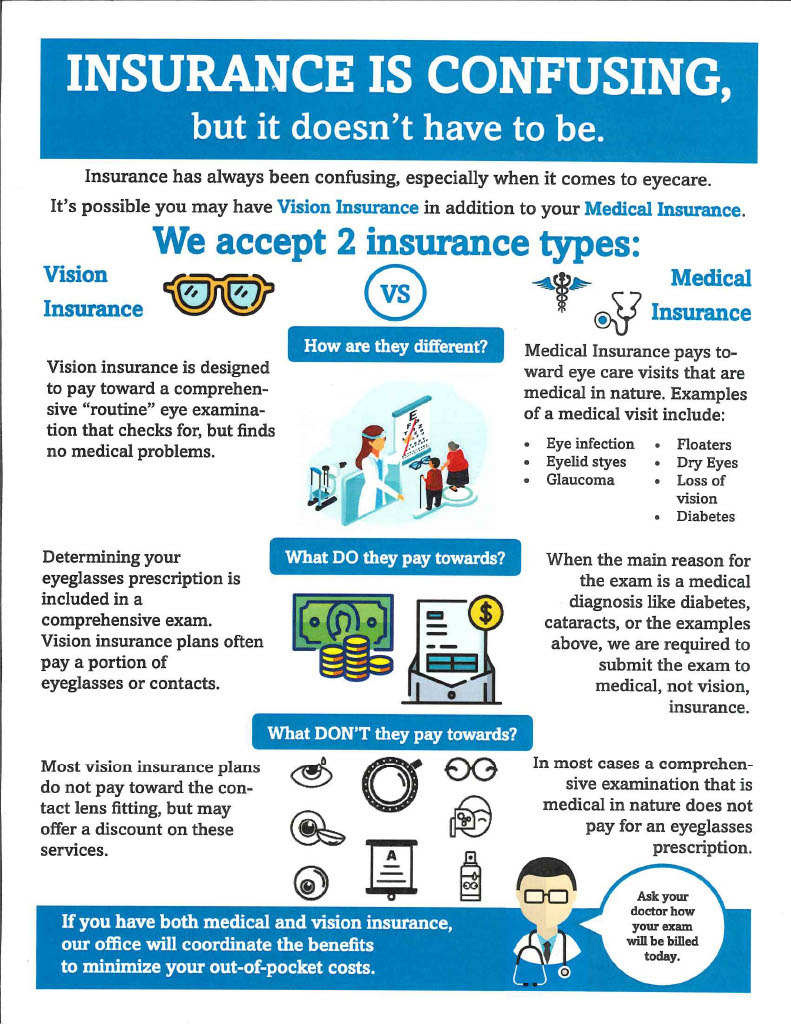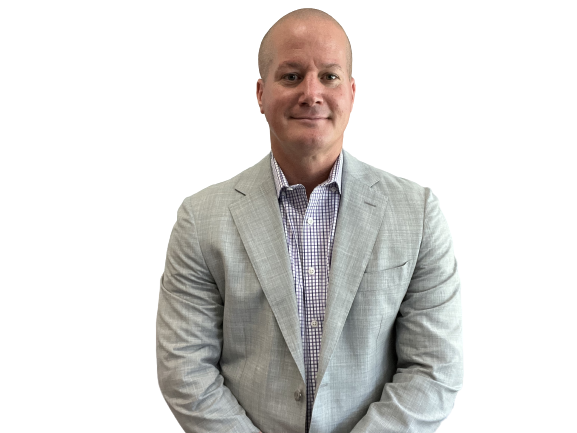Some Known Details About Medicare Advantage Agent
Wiki Article
Indicators on Medicare Advantage Agent You Need To Know
Table of ContentsThe Greatest Guide To Medicare Advantage Agent3 Easy Facts About Medicare Advantage Agent DescribedMedicare Advantage Agent Things To Know Before You Get This


follows from complies with the perplexing young fairly profile of the uninsured with the better healthMuch better wellness average, of younger persons. For those without access to work environment health and wellness insurance policy, bad health and wellness is a possible obstacle to buying nongroup insurance coverage because such coverage might be extremely priced, omit pre-existing problems, or be just unavailable. Unless otherwise noted, national price quotes of people without health insurance policy and proportions of the populace with various kinds of coverage are based on the CPS, the most extensively utilized resource of quotes of insurance coverage and uninsurance rates.

What Does Medicare Advantage Agent Do?
Over a three-year duration starting early in 1993, 72 million individuals, 29 percent of the U.S. populace, were without coverage for at the very least one month. Within a solitary year(1994), 53 million people experienced at the very least a month without protection(Bennefield, 1998a). 6 out of every ten uninsured adults are themselves utilized. Working does enhance the likelihood that one and one's family participants will certainly have insurance, it is not a warranty. Even participants of households with two permanent breadwinner have practically a one-in-ten chance of being without insurance (9.1 percent without insurance rate)(Hoffman and Pohl, 2000 ). The partnership in between health and wellness insurance coverage and accessibility to care is well established, as documented later in this phase. The connection in between health and wellness insurance policy and wellness outcomes is neither direct nor straightforward, an extensive medical and health and wellness services study literature links health insurance protection to improved enhanced accessibility care, better much better, and improved personal and population health wellnessCondition For instance, the 2nd record, on individual health outcomes for without insurance grownups, is represented by the inner circle of the number, while the third report, on family well-being, includes the topics of the second record yet highlights a different device of evaluation, specifically, the household. The sixth record in the collection will certainly offer details about strategies and initiatives carried out locally, statewide, or country wide to attend to the lack of insurance coverage and its negative effects. Degrees of analysis for taking a look at the impacts of uninsurance. This conversation of health and wellness insurance policy protection concentrates mainly on the U.S. populace under age 65 since basically all Americans 65 and older have Medicare or other public protection.
It focuses specifically on those without any kind of health insurance for any length of time. The problems dealt with by the underinsured are in some areas comparable to those dealt with by the uninsured, although they are typically much less extreme. Uninsurance and underinsurance, however, entail distinctly different policy concerns, and the approaches Read Full Article for addressing them might vary. Throughout this study and the 5 reports to follow, the primary focus is on persons with no health insurance and hence no assistance in paying for healthcare beyond what is offered through charity and safety and security internet organizations. Medical insurance is a powerful element influencing receipt of treatment due to the fact that both patients and medical professionals react to the out-of-pocket price of services. Health insurance policy, nevertheless, is neither essential neither sufficient to access to clinical services. The independent and straight result of health insurance insurance policy protection access to health wellness is well established. Others will get the health and wellness treatment they need also without wellness insurance policy, by paying for it expense or seeking it from suppliers that supply treatment complimentary or at highly subsidized rates. For still others, medical insurance alone does not guarantee receipt of treatment because of various other nonfinancial obstacles, such as an absence of healthcare suppliers in their community, limited accessibility to transportation, illiteracy, or etymological and social distinctions. Official research about uninsured populaces in the USA dates to the late 1920s and very early 1930s when the Committee on the Cost of Treatment produced a collection of records concerning funding doctor office brows through and hospital stays. This issue ended up being prominent as the other numbers of medically indigent climbed throughout the Great Clinical depression. Empirical studies continually support the web link in between access to care and boosted wellness results(Bindman et al., 1995; Starfield, 1995 ). Having a regular resource of care can be considered a predictor of accessibility, instead of a straight step of it, when health outcomes are themselves made use of as accessibility indications. This expansion of the concept of access dimension was made by the IOM Board on Keeping Track Of Accessibility to Personal Healthcare Provider(Millman, 1993, p. Whether parents are guaranteed appears to impact whether their children receive treatment as well as exactly how much careeven if the kids themselves have insurance coverage(Hanson, 1998). The health of moms and dads can affect their capacity to take navigate to these guys care of their youngsters and the level of family anxiety. Bothering with their kids's access to care is itself a source of stress for parents. 3 chapters adhere to in this record. Phase 2 gives a review of exactly how employment-based health and wellness insurance policy, public programs and individual insurance coverage plans operate and communicate to give extensive however incomplete protection of the united state populace. This consists of an evaluation of historic trends and public laws impacting both public and exclusive insurance coverage, a discussion of the communications among the different types of insurance coverage, and an examination of why people move from one program to another or wind up

Report this wiki page